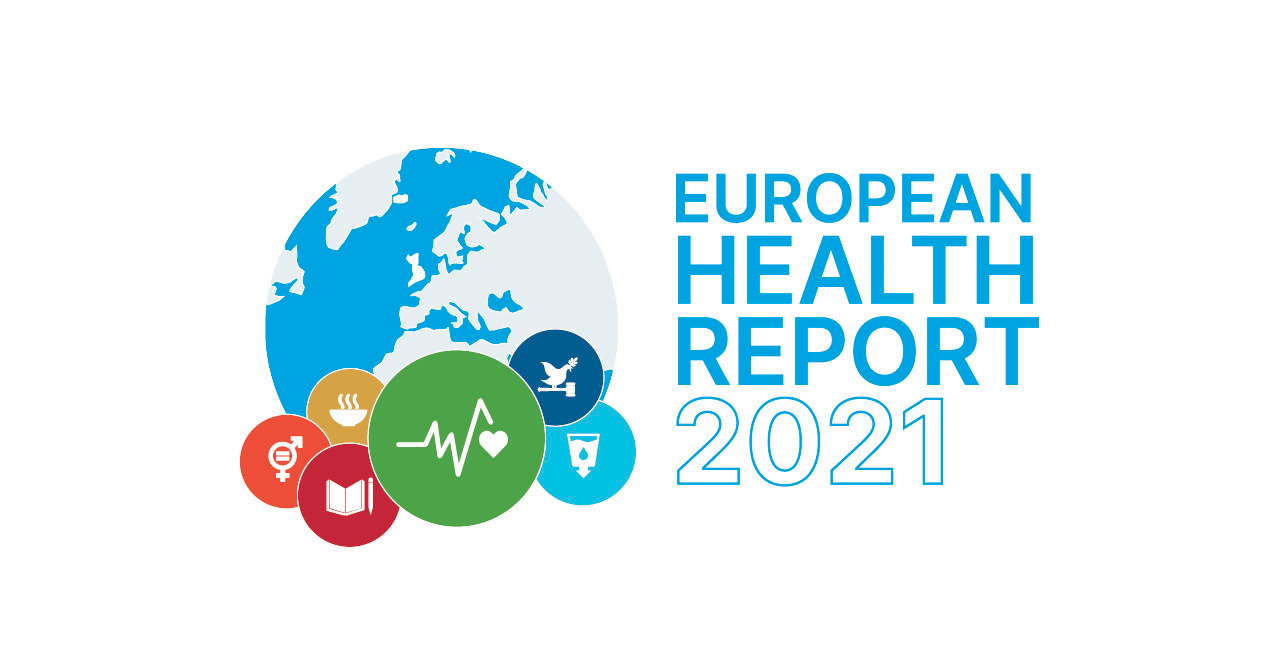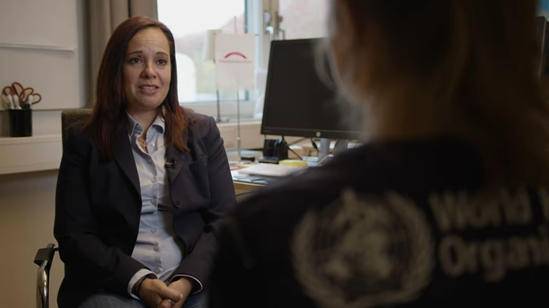
Collaborating centres
What are WHO collaborating centres?
WHO collaborating centres are institutions that form an international collaborative network carrying out activities to support WHO’s programmes at all levels. They provide an opportunity for WHO to utilize their inherent expertise for the benefit of all Member States.
Typically, such centres are divisions of national research institutes; departments of universities, laboratories, hospitals or health ministries; or national institutions such as academies.
Today, the most common technical areas covered by collaborating centres are health-system research and development, health promotion and education, health information, statistics and measurement, policy research and development, and mental health.
Mutual benefit
Through the global network of collaborating centres, WHO gains access to top institutions worldwide that can support its work and ensure the scientific validity of global health work. In turn, the collaborating centres receive greater visibility and recognition by national authorities and attract more public attention to the health issues that they address.
Collaborating centres also have increased opportunities to exchange information and develop technical cooperation with other institutions, particularly at the international level. The benefits of these partnerships also extend to Member States in the form of direct country impact. Following the adoption of the country collaboration strategy (EUR/RC72/14) at the 72nd session of the WHO Regional Committee for Europe, there is greater focus on the network of WHO collaborating centres supporting implementation at country level. Some relevant figures are presented below:
- There are more than 800 WHO collaborating centres in over 90 Member States around the world.
- The 270 collaborating centres in 34 countries of the WHO European Region comprise 33% of the global total.
- The countries in the Region hosting the largest numbers of collaborating centres are the United Kingdom, Italy, Germany, the Russian Federation and Switzerland.
- The first collaborating centre was the Department of Biological Standardization at the State Serum Institute in Copenhagen, Denmark, originally designated in 1948.
News
All →Feature stories
All →Publications
All →
Stakeholder network analysis tool to support collaboration for better health: Stakeholder.Net
Stakeholder network analysis (SNA) is the exploration of the interactions between individuals, organizations or stakeholders, and the relationships...

This report presents an analysis based on feedback from responsible officers working at the WHO Regional Office for Europe and WHO headquarters regarding...
Events
All →Related content
Collaborating centres in the European Region
The WHO Collaborating Centres Database is the official source of information about the WHO collaborating centres regionally and worldwide
Collaborating centres
(WHO Global site)
Guide for WHO Collaborating Centres
Information for WHO collaborating centres
provides information on terms and conditions as well as useful documentation for existing WHO collaborating centres or proposed institutions
WHO's engagement with non-State actors
Evaluation of WHO’s work with Collaborating Centres, Volume 1: Report








